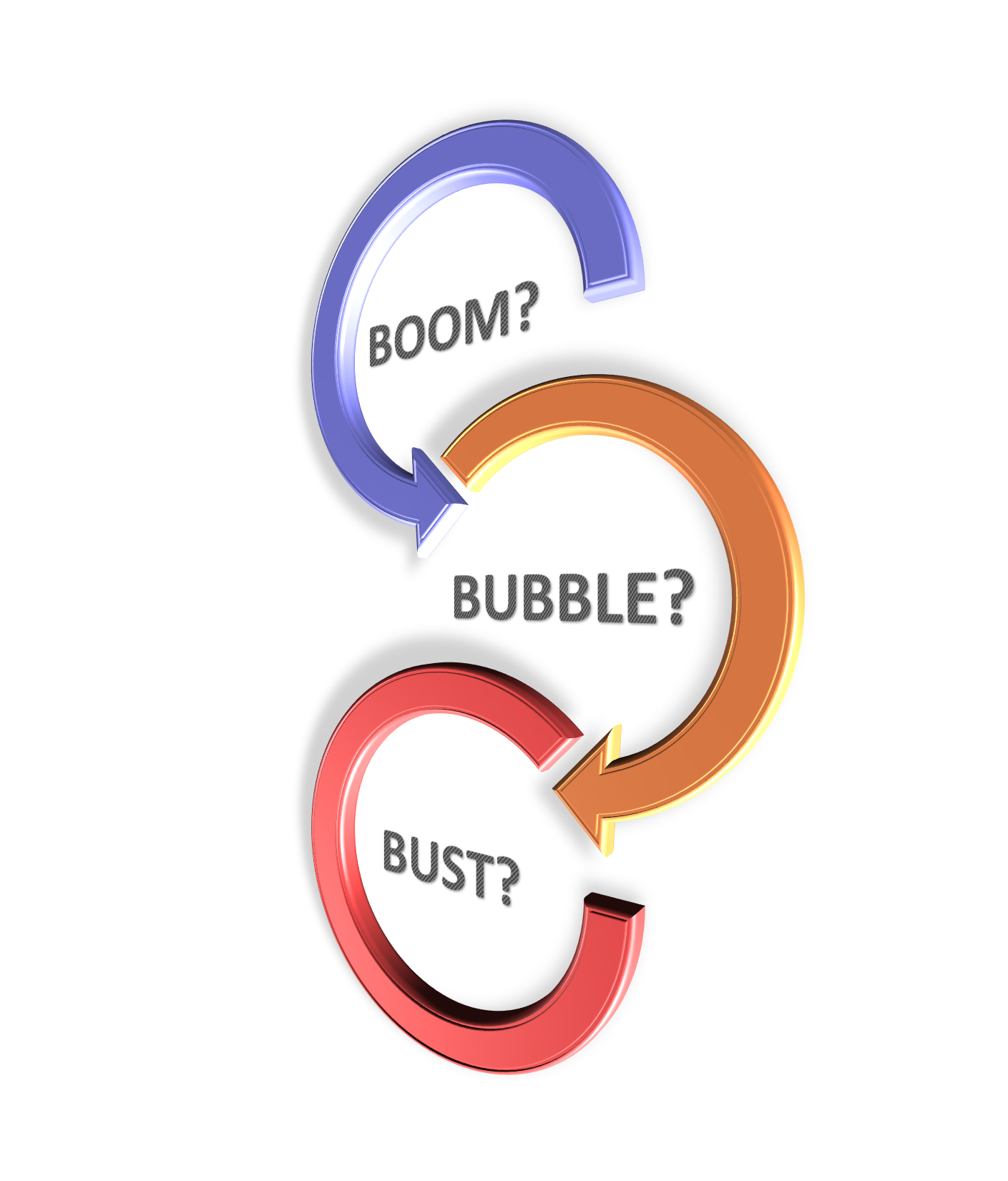
Last week I ended Part II by asking is the ETF buying irrational? And even if it is, is there scale to this behaviour which marks it out as a market bubble rather than just bizarre action at the margin?
Here I explore the rationality of passive investing with the help of the insightful Dalbar Study and the Financial Times.
(Part II)
We can quickly deal with the scale. ETFs are now responsible for a huge 50% of daily trading in the US, the dominant stock market in the developed world
That’s clear – the scale of buying is sufficient to mark this out as a bubble phase.
But is the ETF buying irrational? Irrationality is the essential element which distinguishes a bubble from a mere boom. Let’s look at the evidence.
The evidence
Last week I highlighted the average holding period for the largest ETF tracking the US stock market is just 12 days. That has nothing to do with investing – that is out and out speculation.
Separately, the annual Dalbar Study tells how passive investors (those invested in index trackers) performed more than 40% worse than the indices they were tracking! (see last week) As the FT put it:
“The easier it is for us to time the market, the more we take advantage of the opportunity to time it badly”
Then there is the focus on the low charges of the product itself rather than the extraordinary over-valuation of the underlying holdings. The FT again:
“passive investors have come to falsely equate low fees... and a rising market with low risk”.
To repeat - you are buying cheaply what has never been more expensive (oh, but for 1999, the top of the biggest bubble in 300 years).
Buy what is expensive because it is cheap? Hmmm
It gets worse because the shares in the index then get even more expensive due to buying by the ETF investors, who are only buying because ETFs are cheap!
Then there is the manic buying and selling despite well-established research highlighting that regular buying and selling results in poor performance (as confirmed by the Dalbar Study).
Nor do ETF investors discriminate within sectors. Do you really want to buy every banking stock? Are you sure?
More expensive. No discrimination. No attempt to identify quality. No underlying measure of value.
The antithesis of rational investing.
When you add to this the fact that ETFs dominate the day to day trading in the stock market would you can fairly reach the conclusion that a mania is now in place - the euphoria phase - an investment bubble.
What next?
Sadly, identifying a bubble does not inform you as to when it might burst - it could be a year or two away, or this Autumn.
But what signs should you look out for?
What action should you then take?
Or should you just be selling everything now and sitting in cash?
I will look at that next week in Part IV of Boom Bubble Bust.
In the meantime, be wary of those peddling the merits of passive investing. Passive investing is at the heart of the third investment bubble in less than two decades.
FURTHER READING